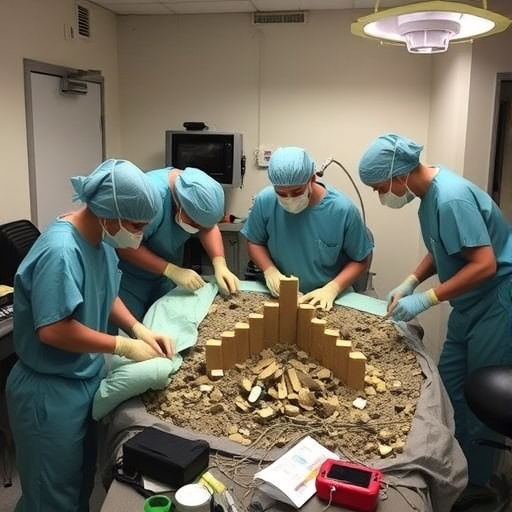Neuroscientists at The University of Queensland have developed a new animal model of schizophrenia that will enable researchers around the world to better understand the disease and develop new treatments.
Schizophrenia, which affects around 7 people in 1000, is a poorly understood group of mental disorders that disrupt cognition and behaviour. Common hallmarks include delusions, hallucinations, and difficulty perceiving reality.
The precise neurological cause of schizophrenia is unknown and the development of better treatments are urgently needed. This research will provide a model to begin to address some of the underlying fundamental mechanisms involved.
What scientists do know is that schizophrenia is associated with a pronounced change in the way the brain uses dopamine, the neurotransmitter often referred to as the brain’s ‘reward molecule’.
“In schizophrenia patients, dopamine signalling significantly increases in a brain region called the striatum,” explained Professor Darryl Eyles at UQ’s Queensland Brain Institute.
“It is thought that some of the symptoms relate to an elevated production and release of dopamine,” he said.
“New research also shows that these changes are most pronounced in the dorsal or upper portion of the striatum, not the ventral striatum where we’ve been focussed for many years.”
However, it is still not clear why excessive dopamine release in that part of the striatum leads to the symptoms of schizophrenia, or what happens to other regions of the brain when dopamine is elevated in this area.
To address this, Prof Eyles, QBI PhD student Alice Petty, and their colleagues developed a new animal model of schizophrenia where dopamine is specifically elevated in the dorsal striatum.
The inspiration for the model came from recent studies on animal models of Parkinsons disease where dopamine is deficient, said Prof Eyles.
Petty delivered genetic constructs (that make dopamine) into the brain of rats. This was done using a virus to target the delivery only to dopamine neurons that project to the dorsal striatum.
These animals showed behavioural changes, such as increased locomotion under certain circumstances and impairments in monitoring sensory information which mimic some of the symptoms of schizophrenia.
“This is the first model to closely replicate the primary and most robust dopamine abnormality in schizophrenia by elevating levels of dopamine specifically in the dorsal striatum,” Petty explained.
Eyles said that his research group and others can now use the model to test potential therapeutics that specifically target this abnormality.
“We plan to use this model to identify compounds that prevent unwanted dopamine release in the dorsal striatum. This could lead to treatments that could either diminish symptom severity or even prevent schizophrenia,” he said.
“Importantly, we can also explore the basic changes that occur in the brain’s circuitry that are altered when elevated levels of dopamine are produced in the dorsal striatum. This may help us to understand the basis of schizophrenia” he said.
“We can also look at how the disease might progress over time and how its onset first occurs.”
The paper has now been published in the journal npj Schizophrenia.
###
Media Contact
QBI Communications
[email protected]




